Streamlining Innovation Business Planning (IBP) Process for Unilever
User Experience
Research
User Interface
Concepts
User Interviews
Design Systems
Testing
Design Mgmnt
Design Strategy
Time line
Nov '22 - May '23
Team
1 Designer(myself) , 3 Developers,
2 Data analysts,
1 Business Analyst, 1 Product Owner
My Role
Led the design initiatives for the entire project and defined the design direction by taking care of all the design needs right from research, testing, building concepts & final UI's.
Fusion is a WebApp based control tower that drives accountability and discipline by tracking deliverables vs plans across multiple processes in the Innovation Planning (IBP) cycle.
Currently Integrated Business Planning process is not well connected across teams & business units, currently certain tasks are managed in Power app which is not enough for users and hence there is no standardized operating model. This led to the development of Fusion.
What we pulled off
3X
Improved Business
This impacted the overall business success and improved the efficiency by the faster report generation practices.
8000
hrs
Human efforts are saved every year
The new design saved huge amount of unwanted time spent when completing the tasks for the entire team comprising between 8-13 people.
95%
User satisfaction reported
Post design usability study reported that users enjoys using the new application with the new design providing very few feedbacks.

Problem
Inability of users to finalize their tracking process in a timely manner led to a postponement in the generation of reports for executive-level individuals. This caused a subsequent delay in the assessment of the performance of a brand or product in the marketplace.
BUSINESS GOALS
Empower teams to quickly understand and adopt IBP process by designing a clear, intuitive, and welcoming onboarding experience that reduces confusion and encourages active use from day one.
Transform & Modernise
Transform the current tool which is in a power app to web app for faster access and to bring improvement in-terms of User experience and to modernise the tool.
Fasten the tracking
Find a solution to streamline and redesign to build a web app that helps users to do quicker tracking process. Which also improves better user engagement.
Target the audience
Conduct a research workshop with the target audiences to understand their pain points, needs and goals to design the tool accordingly for their use cases.
The design challenge
HMW design a solution which would work well for a variety of different contexts and allow users to quickly track the IBP process within deadlines that generate reports quickly on time and thereby improve business outcome with proper user research that helps in understanding their pulses and to implement a solution that solves all the existing problems and further adds more value to the tool used for various regions?
Other challenges and obstacles
Collaboration Challenge
The project was cross-functional initiative that involved people from various teams like Data analysts, Automation Experts, Developers & BA's.
Conducting Research
Conducting research worksop with such a large user group and users from 2 different country in a remote approach was very challenging.
Process and Business
Their company operations were extremely intricate, managing a vast array of brands and products, and getting and understanding of their process was quite challenging.
Viewing - 1 / 4
KEY ITEMS discussed
We Set deadlines and milestones.
what are the key KPI's that need to be achieved along the way?
Identify any constraints or limitations legal or other constraints that will impact the project's goals or objectives?
Connected with people from various tech fronts to understand the technologies that are used and had a ice breaker session with the cross functional team on planning for collaboration.
Viewing - 2 / 4
Actual end Users
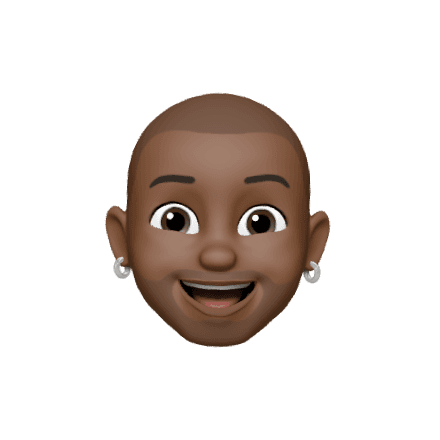
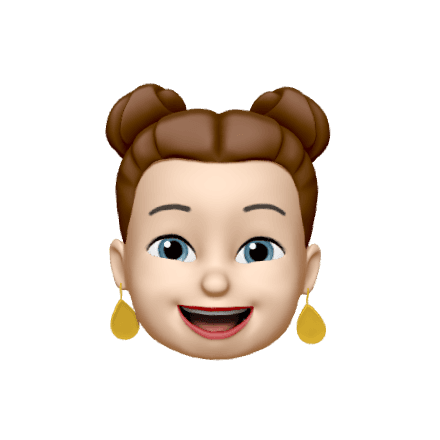
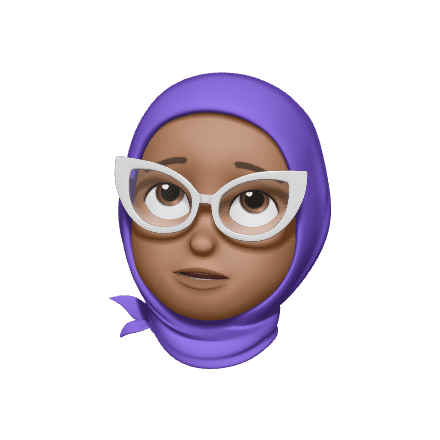
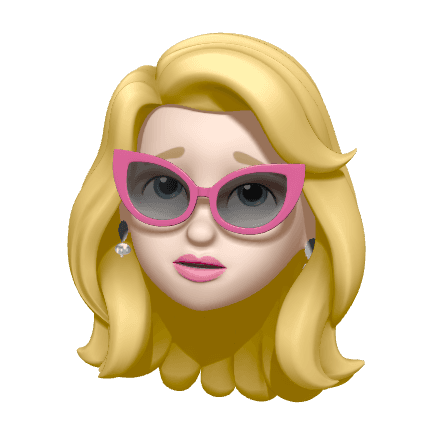
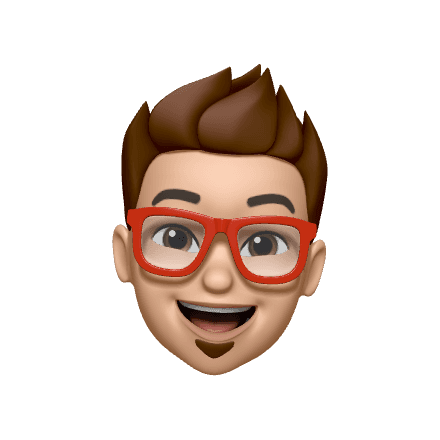
Primary Users
They are the brand managers from various teams from the regions of North America that includes countries like USA & Canada.





Secondary Users
They are the senior managers of those brands who monitor the products or brand's performance by generating reports.
4800+
Geography
USA & Canada
65%
Male
35%
Female
0%
Others
19.10% (25-34yrs)
30.30% (35-44yrs)
44.70% (45-54yrs)
5.90% (54-64yrs)
User Personas


David Chen

Interview Context
Remote interviews via video calls
60-90 Minutes per participants
20
User Interviews
User Interviews were conducted in a moderated way via the video calls, asking the users to answer the set of questions that we prepared.
User SAYINGS
“I feel like I’m drowning in numbers—there’s too much data and not enough clarity.”
“It’s hard to make sense of what’s important when everything looks the same.”
“It’s hard to make sense of what’s important when everything looks the same.”
“Why are we still doing half of the work in Excel? It defeats the purpose of having a digital tool.”
“If I’m using a tool, I shouldn’t have to switch to email or Excel to complete my tasks.”
“We’re still doing so much offline—it would be a game changer if everything were integrated in one place.”
“We need a modern, intuitive system that supports the entire process end-to-end.”
“I want to do everything in one place—from tracking to reporting to notifying managers.”
“This should be fast, reliable, and smart enough to reduce my workload, not add to it.”
“Before this tool, we did everything in Excel. It was messy but at least we knew how it worked.”
“Power App was a step forward, but it still feels like a half-baked solution.”
“We used to spend hours cleaning up data in spreadsheets—some of that hasn’t really changed.”
Key Takeaways
All scattrered accross
Currently all the processes are done from different platforms and links, users have to navigate to different links for completing tasks one by one.
No user centricity
The current Power application lacks a user-centric design, which unnecessarily increases complexity for users.
Too many manual operations
The data the users view is not live one, they will have to upload into a different platform and the only they can view.
Lack of data hygiene
To define content, visual hierarchy and organise the data to help users to understand the information they need and learn how to use the app faster.
Poor IA
Users were struggling to find key features, and task completion rates were low due to a cluttered and inconsistent menu structure.
Bringing Inclusivity
Creating designs that are universally accessible at a basic level, as our user base comprises a wide range of individuals.
Viewing - 3 / 4
DESIGN goals
01
Guide new users with onboarding and inline assistance.
02
Minimize cognitive load through visual hierarchy, filtering, and contextual layouts.
03
Support scale by designing for 450,000+ products and users across USA and Canada.
04
Reduce user friction by simplifying workflows and enabling automation.
05
Ensure performance tracking is structured, insightful, and actionable
06
Enable consistent reporting and communication between brand managers and leadership.
07
Ensure inclusivity by designing a product that works for diverse user roles, regions, and contexts
08
Establish UI consistency using reusable patterns and a component-based approach
Collaborative Inputs
Reviewed feasibility with tech leads to ensure backend and data services could support ideas.
Validated direction with product owners to align with long-term business strategy.
Shared early concepts in stakeholder showcases for early buy-in and feedback.
Defining the Information Architecture
once after deciding what to focus and what to achieve at the overall level I defined the inforamation architecture of the application which plays a major role in user navigation and accessing information quickly.
Crafting a fresh flow
Started defining the user flows, after getting an understanding about the actual business process and having all the users statements.
The true objective was to gain knowledge, comprehend and rectify issues in the existing user experience and to streamline all processes.
Designing this user flow led to the discovery of more features and functions which helped us to design a simple approach for the users without complicating things.
Viewing - 4 / 4
Having a huge data sets with over 4,50,000+ items (combined for all modules) and enabling the users to track and to add other input functionalities for each of those items with a hassle-free experience is a huge challenge.
Started approaching the final UI's by iterating from the rough wireframes for the initial set of screens.
UI Design approach
The overall context is to make it simple that users can easily handle and play with this huge number of items or data. Bringing a very straight forward UI design approach enabling all responses back and forth with the tool and the user ignoring the complexity factor.
At the interaction level, the focus was to help users in decision-making. I focused on minimal gesture-based interaction and showed all the necessary information in the first view.
I started exploring various layout and navigation options. After lots of iterations and discussions with users, I closed on the designs which had a lesser learning curve. Additionally, I concentrated on creating a design that closely aligns with users' mental models.
Interaction and prototyping
The entire tool was designed with all the interactiveness and had a clean connection across screens.
The actual motive of using all the interactions and prototyping is not to just convey the design ideas to developers also helped understanding the stake holders what the designs are actually meant while reviewing with them.
Design Handoff
The entire handoff process was done stage by stage like which we followed agile methadology. so that we can meet the deadlines pretty much quickly. Connected with developers teams to help them understand the design functionalities and had a detailed walkthrough on various flows, design system components and its states and specific constrains to follow, so that the space between the design and developed screens get reduced.
Post design user testing & STUDY
We conducted testing for this application both before and after its production stage. Following its development, we organized a user testing workshop to gather feedback, which was promptly implemented. In the production stage, we closely monitored users and results also we did diary study with set of the users enabling us to track the impact and results in real time." This version maintains clarity while improving the flow and addressing very minor issues.
Following users mental model
Streamlined Information Architecture
Improved content discoverability. Reduced cognitive load by organising the content meaningfully. Created a scalable navigation framework for future growth.
Providing Visibility of system statuses
To build trust and reduce user frustration, I focused on making system feedback more immediate, clear, and contextual. During initial user testing, many participants expressed confusion about whether their actions (like saving data, uploading files, or applying filters) had succeeded, often resulting in repeated actions or abandonment.
Reduced Interaction Cost
Enabling Inline table edits, simplified task flows and batch actions like bulk product upload functions. These improvements made the experience feel more fluid and less mentally taxing.
Proper Error Prevention
Optimised error handling across the workflows by clear labels & input constraints, inline error messaging, confirmation dialogs for irreversible actions, disabled states & progressive disclosure.
Improved filtering options
Introduced cutting-edge filter options with superior capabilities allowing the users to pinpoint and find the suitable product from an array of 1000's of items they own. By adding search, filters and segment control conponents.
Real time collaboration
Enabled transparency on every changes by adding comment feature for every item, enabling customers to engage and seek insight from the community to clear up uncertainties. This led to a decrease in unproductive time spent in debates.
Organised Layout
Enables quick scanning and ensured visual hierarchy through the overall structure.
Demo and Support
In app interactive guides for new users, guiding them across the application and also providing proper support documents and links guide users for quicker learnability.
Minimal level Design Systems & Comps
This enabled us to achieve uniformity throughout the software, thereby enriching the users' comprehension of its features. This enabled consistency and standards across the entire application. Simultaneously, it facilitated the creation of a component library that can be utilized across the array of tools developed by the same D&A team. Which also resulted in better handoff which when applied to the designs of for many other applications also.
Brand Coherence
Making things accessible
I designed the entire application considering the basic accessibility checks and made sure it is accessible across all user groups by checking things like, color contrasts, headings structures and labels, form field labels, proper links and buttons, tooltips, indicating required fields etc.




























